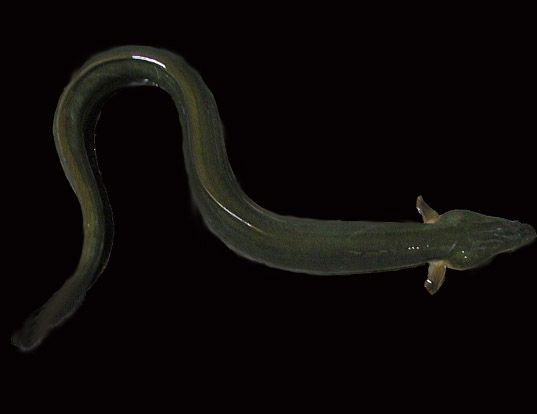
If the features of an animal appear foreign to you, it is because it fulfils a role in Nature that is truly awe-inspiring possibly even beyond your imaginings. There is no ugly in Nature – only perfection. Such is the way when there is misunderstanding and disrespect for something you love. It hurts when people say this about Wolf-Eels. Likely we are kindred in our love of marine biodiversity and the beauty that is sea slugs.įor as much as I love chocolate Easter eggs, I would forego them for the rest of my existence if it would allow my appetite for marine mysteries to be further satisfied! 7 Comments March 29, 2013ĭon’t say it, please don’t say it. If you have read to this point – thank you! So many eggs are needed to ensure species survival when your young hatch out to become part of the planktonic soup of the Ocean. One individual lays more than one egg mass as well. Sea slugs are reciprocal hermaphrodites which means that both become inseminated and lay eggs. I do not know if this is the number of egg capsules (the dots you see), or if it includes the number of eggs in each egg capsule. It’s estimated that there are ~350,000 eggs in one Alabaster Nudibranch egg mass. Please know that these differences would not be as clear if the eggs were older. The segments of the Alabaster Nudibranch’s egg masses are more scallop-edged and diffuse. The “pieces” of the Gold Dirona’s egg mass are more compact and more like rice kernels.

I think you may marvel at how very similar the masses are but the difference, at least to me is clear. On the very same day on the very same dive, after so many years, I also stumbled across an Alabaster Nudibranch laying eggs! Yes, I am The Marine Detective for a reason, such things really do delight me to this degree.įinally! Mystery solved, I would be able to differentiate the egg masses of the two species. I was so jubilant, I screamed underwater. just when I was noting the abundance of both species, how many egg masses there were and wishing, WISHING, I could find just one of them laying eggs – my dear dive buddy Jacqui Engel waved me over and pointed out a Gold Dirona laying eggs. In all these years, while I have often found both species mating, I have never found either species laying their eggs.īut then, this week. Both also often lay their eggs on the same species of Agarum kelp.

You’ll note that they are very closely related (same genus) and it is thereby not surprising that their egg masses would look very similar.

So if I know their prey preference I can narrow down which species laid the eggs.Įasiest of course is to have have the good fortune to find a sea slug in the act of laying their eggs.īut for YEARS, I have been unable to differentiate the egg masses of two of the most beautiful sea slug species in these waters – the Gold Dirona ( Dirona pellucida to 12 cm) and the Alabaster Nudibranch ( Dirona albolineata to 18 cm and also referenced as the “White-Lined Dirona” or “Frosted Nudibranch”). There are big clues because sea slugs most often lay eggs on their food. It delights me (for reasons I can’t fully explain) that for many sea slugs in the northeast Pacific Ocean, I am able to see an egg mass and immediately know which species laid it. One of my very, very favourite things to do, satisfying my “The Marine Detective” nature, is to solve the ultimate “whodunit” and match sea slug species with their egg masses / ribbons.Įvery sea slug species’ egg mass is distinct, comprising a fascinating diversity of intoxicatingly beautiful shapes and patterns. I dare say however that my hunt involved vastly more beautiful eggs that the hunt was much more challenging and – ultimately, much more rewarding! Gold Dirona and Alabaster Nudibranch Egg MassesĪn egg hunt mystery FINALLY came to an end for me, coincidentally, just before Easter when many of you were involved in egg hunts too.


 0 kommentar(er)
0 kommentar(er)
